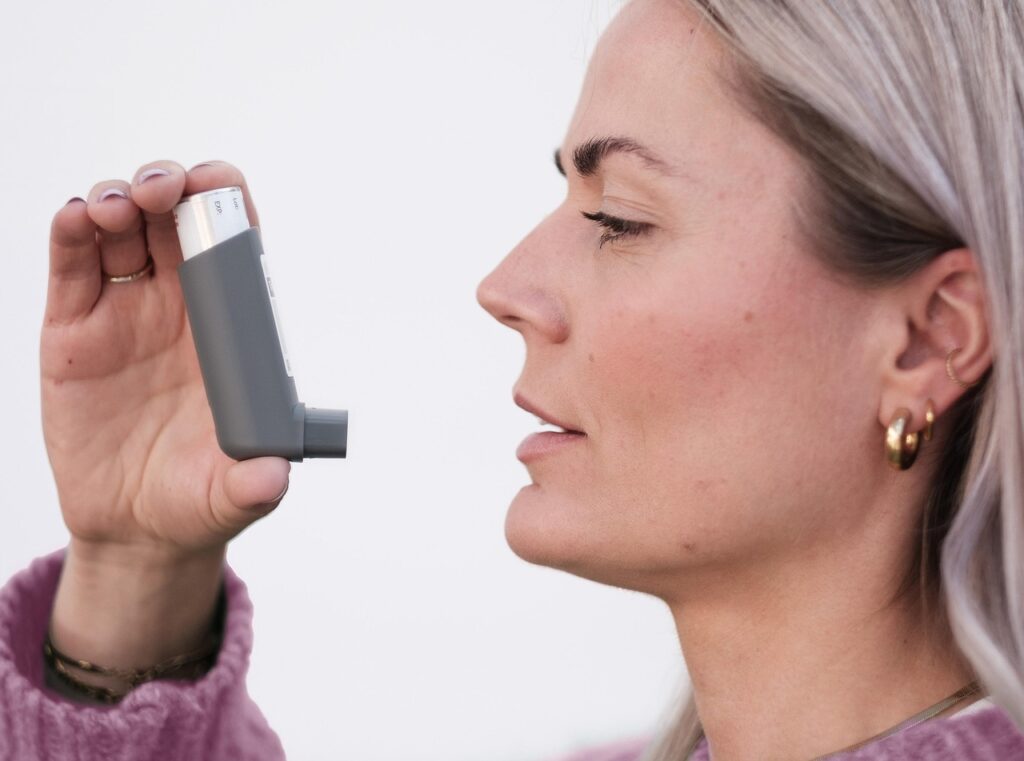For asthma patients, inhalers and spacers are essential tools for managing symptoms and ensuring effective medication delivery. Proper maintenance of these devices is crucial to their performance and your overall respiratory health. Here’s a detailed guide to help you keep your inhalers and spacers in top condition:
1. Cleaning Your Inhaler
Regular cleaning prevents medication residue buildup, ensuring the inhaler functions effectively. Here’s how to clean it:
- Remove the Canister: Detach the metal canister from the plastic actuator. Do not immerse the canister in water.
- Wash the Actuator: Rinse the plastic actuator under warm running water for 30 seconds. Use mild soap if there’s visible dirt.
- Dry Completely: Let the actuator air dry fully before reassembling it. Avoid using a cloth or tissue as lint might interfere with the device.
- Frequency: Clean the inhaler at least once a week or more often if directed by your doctor.
2. Cleaning Your Spacer
Spacers improve the delivery of medication to your lungs, but they require regular maintenance too:
- Disassemble the Spacer: Separate all removable parts carefully.
- Wash in Warm, Soapy Water: Use mild detergent and avoid harsh chemicals. Submerge the parts in soapy water and gently swirl.
- Avoid Scrubbing: Let the spacer air dry instead of using a cloth, which can create static and affect medication delivery.
- Frequency: Clean the spacer once a week or as recommended.
3. Storing Inhalers and Spacers
Proper storage extends the life of your devices and ensures they’re ready for use:
- Keep Away from Heat and Moisture: Store in a cool, dry place. Avoid leaving them in a hot car or humid bathroom.
- Protect from Dust: Use the protective cap on the inhaler mouthpiece and keep spacers in a clean, dry pouch.
- Check Expiry Dates: Regularly check the expiry date on your inhaler and replace it as needed.
4. Inspecting for Damage
Regularly inspect your devices for wear and tear:
- Cracks and Breakage: Check the spacer for any cracks or damage, which can compromise its efficiency.
- Medication Spray Test: Occasionally spray your inhaler to ensure it’s dispensing properly.
5. Replacing Your Spacer and Inhaler
- Spacers: Replace them every 6-12 months or sooner if damaged.
- Inhalers: Replace when the counter shows it’s empty or if it’s expired, even if it feels like there’s still medication inside.
6. Tips for Traveling with Inhalers and Spacers
- Carry Extras: Always have a spare inhaler and spacer, especially when traveling.
- Keep Them Accessible: Store them in your carry-on luggage, not in checked baggage.
- Check Airline Regulations: Some airlines may require a doctor’s note for medical devices.
7. Consult Your Doctor or Pharmacist
If you’re unsure about cleaning, storage, or replacement, don’t hesitate to ask your healthcare provider for guidance. They can also help you choose the right devices and troubleshoot any issues.
By following these maintenance practices, you can ensure your inhaler and spacer work effectively, helping you breathe easier and live well with asthma.
Join the Asthma Friend community to discuss these tips and more with other patients and experts!





